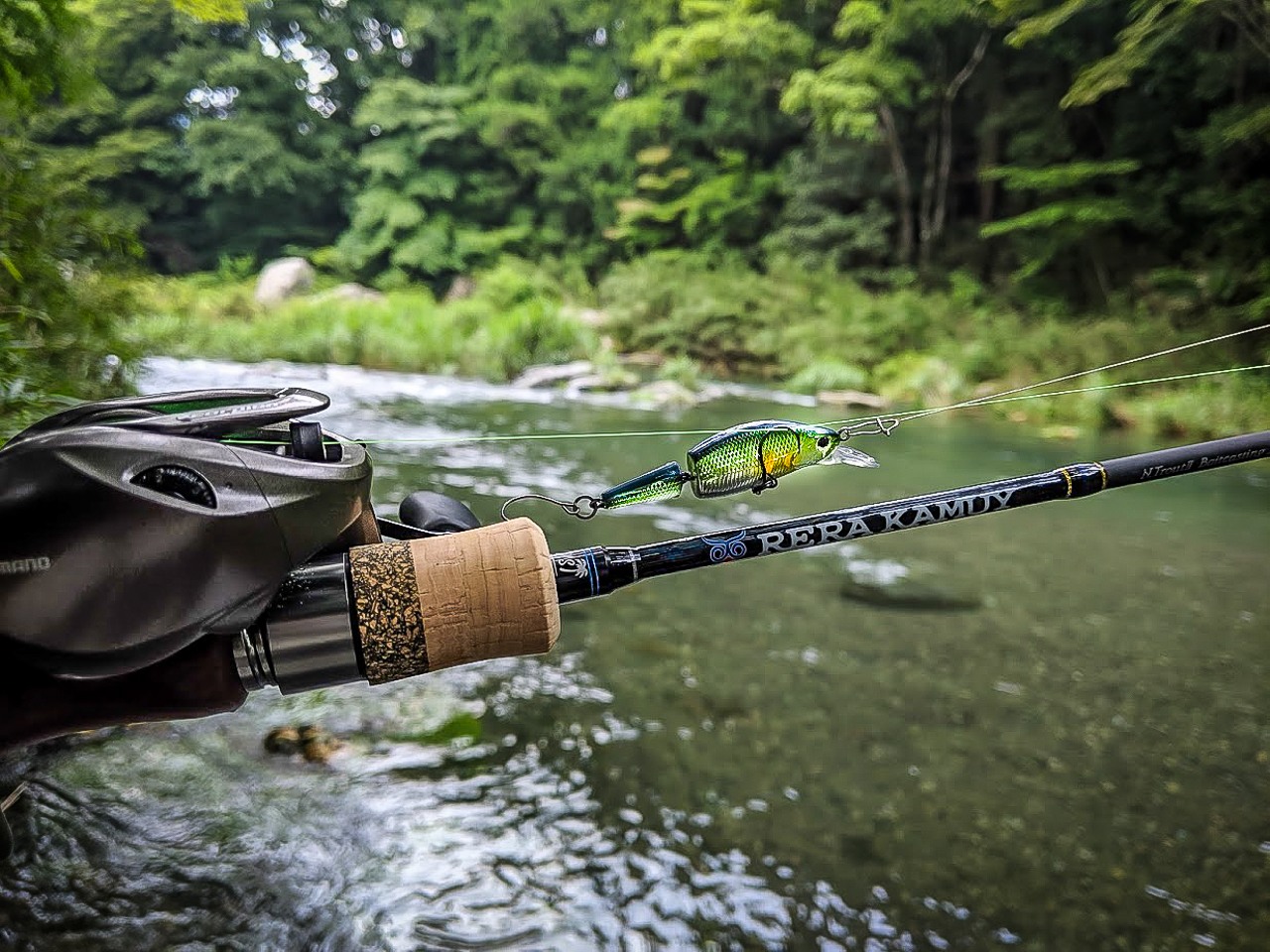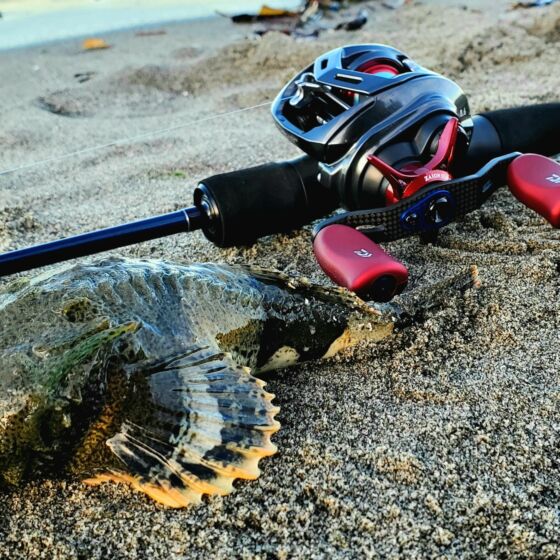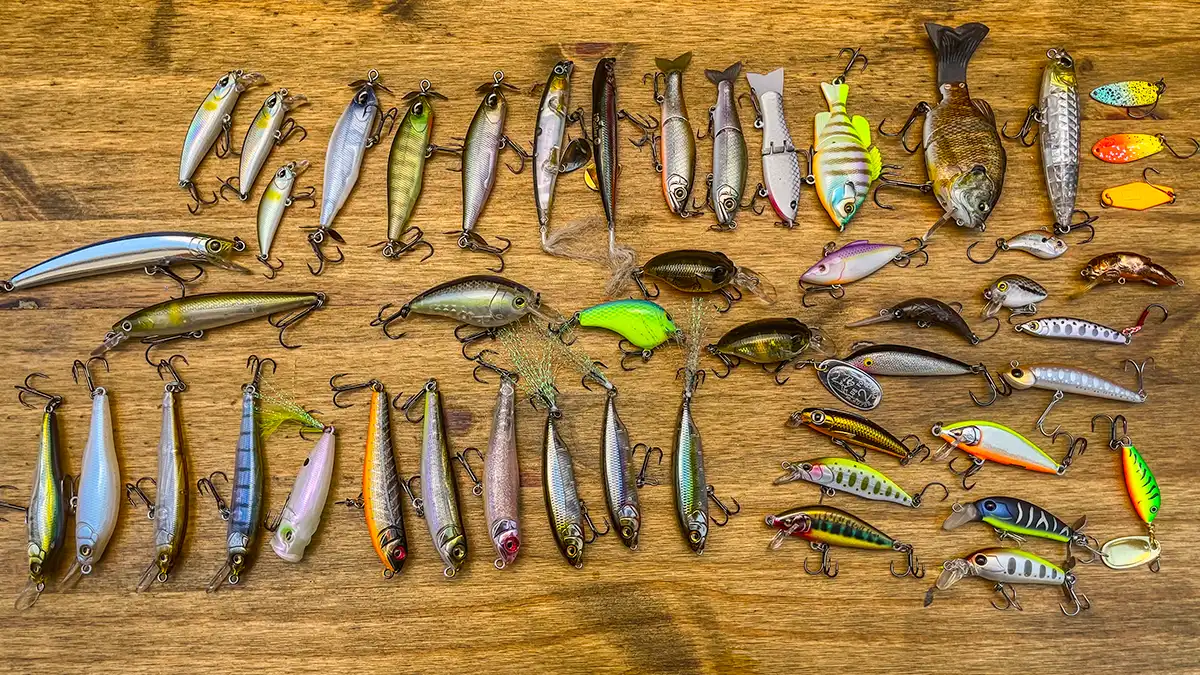Fishing enthusiasts are always looking for new methods to enhance their angling experience. One such innovative approach gaining popularity is BFS fishing, or Bait Finesse System fishing. BFS fishing originated in Japan and is known for its finesse techniques using ultra-light gear to target a variety of fish species, particularly in pressured or challenging conditions. Consequently, understanding BFS fishing, its equipment, techniques, and benefits can revolutionize your fishing strategy. Therefore, this comprehensive guide explores the fundamentals of BFS fishing, the specialized gear involved, effective techniques, and the advantages it offers. By delving into these aspects, you can master BFS fishing and elevate your angling game.
Understanding BFS Fishing
BFS fishing is a specialized technique that focuses on using lighter gear and finesse tactics to catch fish. Understanding the basics of BFS fishing helps in appreciating its nuances and effectiveness. Therefore, exploring what BFS fishing entails is essential for anyone interested in this innovative approach.
Definition and Origin
BFS fishing stands for Bait Finesse System fishing, a technique that emphasizes the use of lightweight lures and tackle to catch fish with greater precision and subtlety. This method originated in Japan, where anglers developed it to tackle highly pressured waters and finicky fish. By reducing lure size and using lighter lines and rods, BFS fishing allows anglers to present baits more naturally and enticingly. The finesse approach aims to trigger bites from wary fish that might otherwise be reluctant to strike. Understanding the definition and origin of BFS fishing provides valuable context for its practice. Therefore, recognizing the roots of BFS fishing is fundamental.

BFS Philosophy
The philosophy behind BFS fishing revolves around finesse, precision, and adaptability. Unlike traditional baitcasting, which often involves heavier gear and aggressive tactics, BFS fishing requires a more delicate touch. Anglers focus on making precise casts, using subtle movements, and presenting baits naturally to tempt fish. The approach is particularly effective in clear waters, heavily fished areas, and during challenging conditions when fish are less active. By embracing the BFS philosophy, anglers can refine their techniques, enhance their sensitivity, and achieve greater success in difficult fishing environments. Therefore, understanding the BFS philosophy is crucial for mastering this method.
Specialized Gear for BFS Fishing
BFS fishing requires specialized gear designed to handle lighter lines and lures while providing the precision and control needed for finesse techniques. Understanding the right equipment is essential for effective BFS fishing. Therefore, exploring the specialized gear for BFS fishing is vital for a successful setup.
BFS Rods
BFS rods are specifically designed for ultra-light fishing, featuring sensitive and flexible blanks that allow for precise casting and control. These rods are typically shorter, around 6 to 7 feet in length, providing better maneuverability in tight spaces and accurate casting. The blanks are made from high-quality graphite or composite materials, ensuring sensitivity to detect subtle bites. The guides are also optimized for light lines, reducing friction and enhancing casting performance. By choosing the right BFS rod, anglers can achieve the finesse and precision required for this technique. Therefore, selecting an appropriate BFS rod is fundamental for effective fishing.
BFS Reels
BFS reels are miniature baitcasting reels designed to handle light lines and small lures efficiently. These reels feature shallow spools, finely tuned brakes, and smooth drag systems to provide the control and sensitivity needed for BFS fishing. The shallow spool reduces the line’s weight, allowing for better casting performance with lighter lures. The braking system is crucial for preventing backlashes, a common challenge when casting lightweight baits. By using a BFS reel, anglers can achieve the control and finesse necessary for successful BFS fishing. Therefore, investing in a quality BFS reel is essential for an effective setup.

Terminal Tackle and Lures
Terminal tackle and lures for BFS fishing are specifically chosen to match the finesse approach of the technique. Light lines, usually ranging from 2 to 6 pounds in test strength, are used to ensure a natural lure presentation and reduce visibility to fish. Finesse lures, such as small crankbaits, soft plastics, jigs, and spinners, are selected to mimic prey and trigger bites from finicky fish. The hooks and split rings should also be lightweight and sharp to match the overall setup. By using the right terminal tackle and lures, anglers can optimize their BFS fishing strategy. Therefore, selecting appropriate tackle and lures is crucial for successful BFS fishing.
Effective Techniques for BFS Fishing
Mastering effective techniques is key to success in BFS fishing, enabling anglers to utilize the finesse approach to its fullest potential. Understanding these techniques enhances your ability to catch fish in challenging conditions. Therefore, exploring effective BFS fishing techniques is essential for improving your angling skills.
Precise Casting
Precise casting is a cornerstone of BFS fishing, allowing anglers to present their lures accurately and naturally. To achieve precise casts, focus on the following tips:
- Use a Sidearm Cast: This method provides better control and accuracy when casting lightweight lures. The sidearm cast minimizes wind resistance and allows for smoother lure delivery.
- Optimize Your Brakes: Adjust your BFS reel’s braking system to prevent backlashes while ensuring the lure’s smooth flight. Fine-tuning the brakes is essential for consistent and accurate casting.
- Practice Accuracy: Spend time practicing casting to specific targets, such as small openings or structured areas. Accuracy is crucial for effectively presenting your lure to fish-holding spots.
By mastering precise casting, you can enhance your BFS fishing experience and improve your catch rate. Therefore, focusing on accurate casting techniques is vital for BFSfishing.

Subtle Retrieves
Subtle retrieves are essential in BFSfishing, as they mimic the natural movement of prey and entice fish to bite. Experiment with different retrieval techniques to find what works best for your fishing conditions:
- Slow and Steady: A slow, steady retrieve allows the lure to maintain a natural swimming action, appealing to cautious fish.
- Twitch and Pause: Adding occasional twitches and pauses to your retrieve creates erratic movements that mimic injured prey, triggering predatory instincts.
- Bottom Bouncing: For bottom-dwelling fish, gently bouncing your lure along the substrate can entice strikes. This technique is effective with soft plastics and jigs.
By mastering subtle retrieves, you can present your lure convincingly and increase your chances of success. Therefore, refining retrieval techniques is essential for effective BFSfishing.
Benefits of BFS Fishing
BFS fishing offers numerous benefits that enhance the angling experience, from increased sensitivity to versatility in various conditions. Understanding these advantages highlights the value of incorporating BFS fishing into your strategy. Therefore, exploring the benefits of BFSfishing is crucial for appreciating its effectiveness.

Increased Sensitivity
One of the primary benefits of BFS fishing is increased sensitivity, which allows anglers to detect even the slightest bites. The combination of ultra-light gear and finesse techniques enables a more direct connection with the lure, transmitting subtle vibrations and movements. This heightened sensitivity is particularly advantageous in clear or pressured waters, where fish are less aggressive and more cautious. By detecting light bites that might go unnoticed with heavier gear, anglers can achieve higher catch rates and more successful outcomes. Therefore, increased sensitivity is a significant benefit of BFSfishing.
Versatility in Challenging Conditions
BFS fishing’s finesse approach makes it highly versatile and effective in challenging conditions. Whether fishing in clear water, heavily pressured areas, or during tough bite periods, BFS techniques can adapt to the situation. The lightweight lures and subtle presentations minimize disturbances, making them less likely to spook wary fish. Additionally, the precise casting and retrieval methods allow anglers to target specific structures and cover more effectively. By incorporating BFSfishing into your strategy, you can tackle a wide range of conditions and improve your success rates. Therefore, versatility in challenging conditions is a key advantage of BFSfishing.

Conclusion: Mastering BFS Fishing
BFSfishing, or Bait Finesse System fishing, offers a unique and effective approach to angling through finesse techniques and lightweight gear. Understanding the fundamentals, including its definition, origin, and philosophy, provides valuable context for appreciating this method.
